In this tutorial, we will show you the steps to run ADB directly from your web browser. Android Debug Bridge is perhaps the most important utility for tech enthusiasts. It allows you to carry out a plethora of tweaks and modifications. Everyday users might use the ADB commands to install apps, use the Sideload functionality to transfer files, or even remove bloatware from their device. Then if you take it to the custom development, you could again use a plethora of ADB commands
These could boot your device to Fastboot and Recovery mode and carry out the desired customizations. However, all these calls for a few efforts. To begin with, you will need to install the Android SDK Platform Tools on your PC. Then you’ll have to launch the CMD or PowerShell window to execute the required commands. But what if we told you that you cut short all these procedures? Yes, that is very much a possibility. You could now directly run ADB from your web browser itself, and in this guide, we will show you how to do just that. Follow along.
Also Read
How to Fix ADB Device Unauthorized Error
Fix: ADB Sideload Not Working, Showing Error Cannot Read File
Waiting for Device Error in ADB or Fastboot Commands, How to Fix?
Fix: Bootloop After Installing or Updating Magisk on Android Phone
All Realme UI 1.0 / 2.0 Debloat Apps List | India and Europe Model
5 Easy Ways to Turn Off Phone without Power Button (Android)
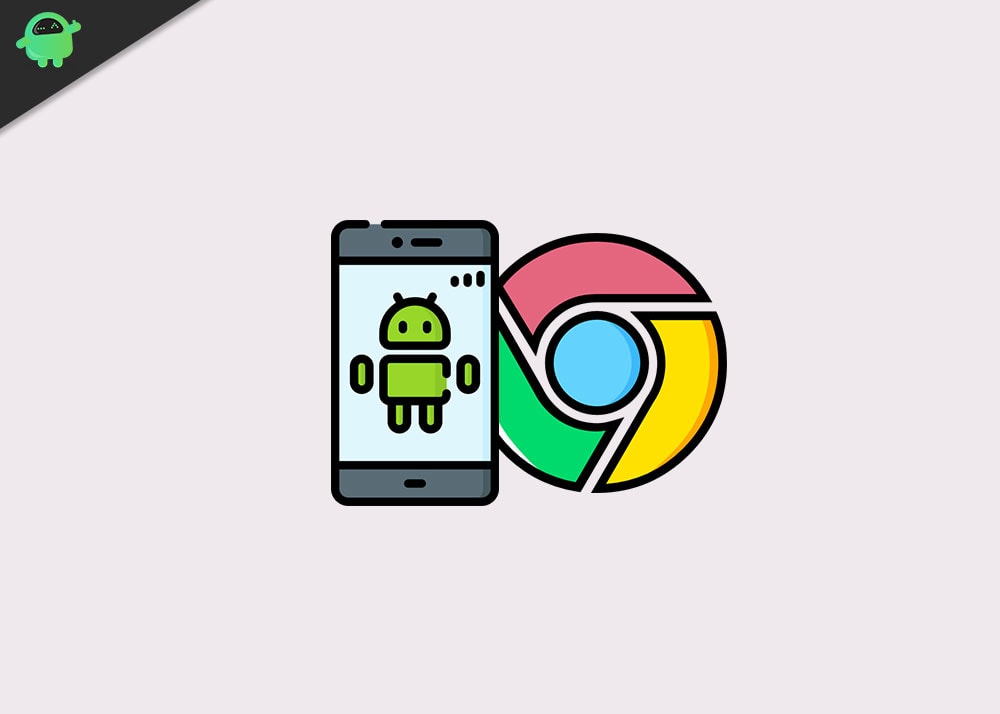
Page Contents
How to Run ADB from Your Web Browser
Work of the XDA Forum Member SteelToe, his WebADB project makes use of the WebUSB API. This API is responsible for establishing the ADB connection between your device and the web browser. The only requirement is that the browser needs to have this API integrated. As of now, Chrome, Microsoft Edge, and other Chromium browsers fall in this domain. With that said, let’s now check out some of the noteworthy features of the WebADB:
- APK Installation
- Interactive Shell
- Screen Recording
- Scrcpy Screen Mirroring
- Device Information
- File Manager
- Enabling ADB over Wi-Fi
So now that you are aware of the features, let’s check out the steps to use this web project and hence run ADB directly from your web browser. Follow along.
STEP 1: Enable USB Debugging on your Phone
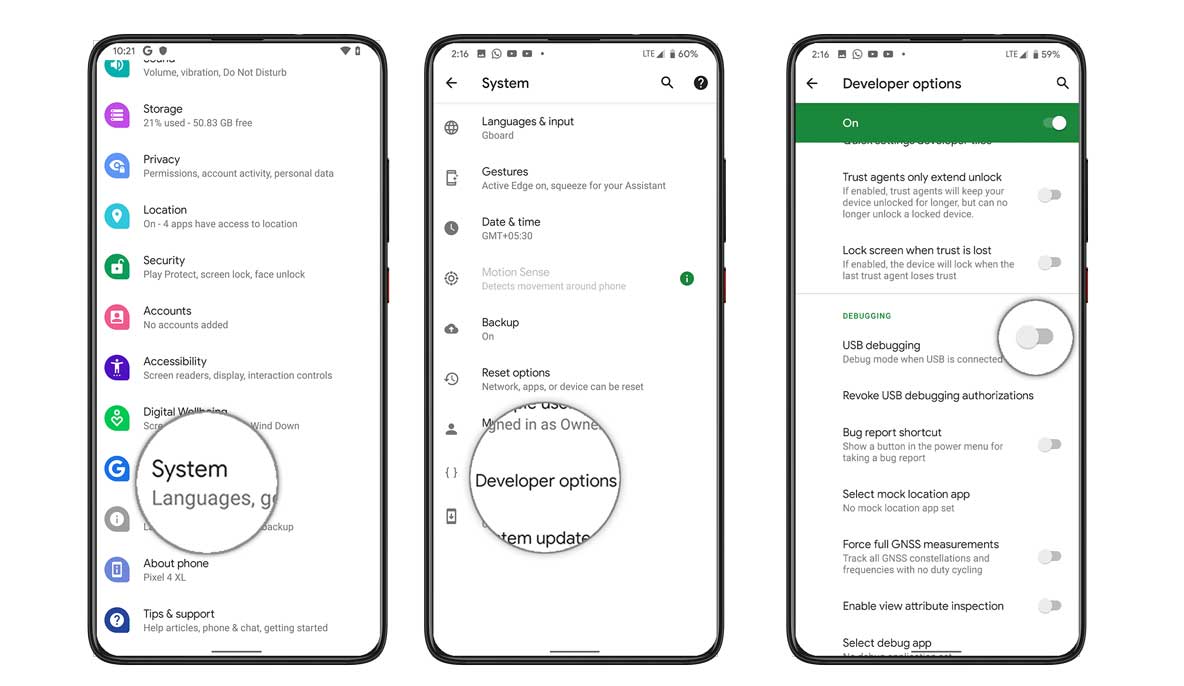
First and foremost, you will have to enable USB Debugging on your device. This will make your device recognizable by your PC in ADB mode. So head over to Settings > About Phone > Tap on Build Number 7 times > Go back to Settings > System > Advanced > Developer Options > Enable USB Debugging. You could also check out our comprehensive guide to learn more on this topic: What is USB Debugging? How to Enable it on any Android device.
STEP 2: Enable Chrome Flag
While Chrome and other Chromium browsers have the WebUSB API integrated, yet you need to enable it for first time usage. And for that, you will have to use Chome’s experimental feature known as flags. Here are the required instructions for the same:
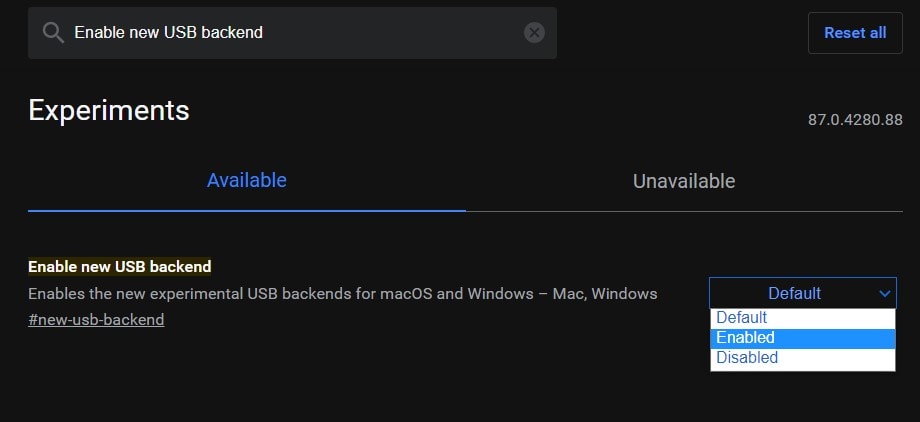
- Launch the browser on your PC and type in the below location in the address bar:
chrome://flags
- On the other hand, if you are using Microsoft Edge, then enter the below address:
edge://flags
- Now head over to the search bar, type in Enable new USB backend, and hit Enter.
- Select this flag from the search result and change its status from Default to Enabled.
- You will now be instructed to restart the browser. So click on the Relaunch button that appears on the bottom.
STEP 3: Running ADB from Your Web Browser
Now that we are done setting up our device and PC, it’s time to put the WebADB to test. Follow along for the steps:
- With USB Debugging enabled, connect your device to the PC via USB cable.
- Head over to the WebADB website and click on the Add Device button situated at the left menu bar.
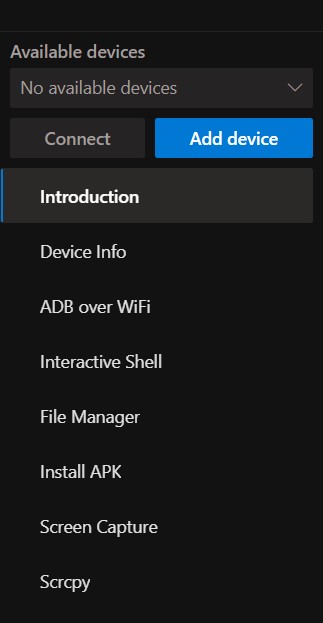
- Now select your device from the dialog box that appears and click Connect.
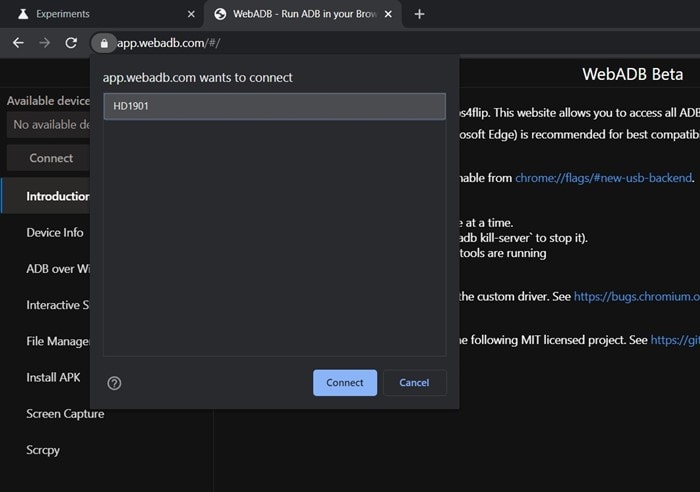
- Your device will then be added to the Available device section. Click on the Connect button below it.
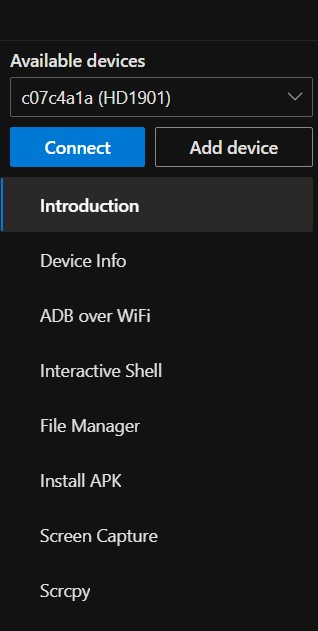
- You will now get the Allow USB Debugging prompt on your device. Tap on Allow and if you are planning to use it again in the near future, checkmark the Always allow from this computer.

- That’s it. You could now carry out the desired task using the provided features. For example, you may use the Screen Capture to take a screengrab of your device or make use of the interactive shell to execute the desired ADB Commands.
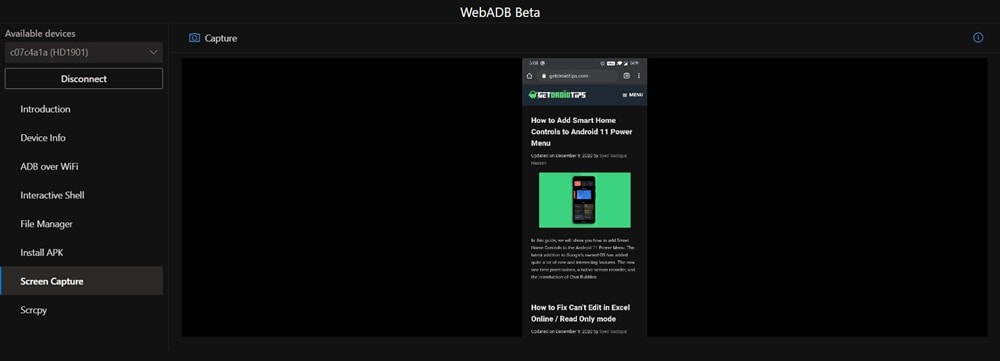
- Likewise, you could browse your device’s directories via the File Manager feature or even install an APK directly to your device via the option of the said name.
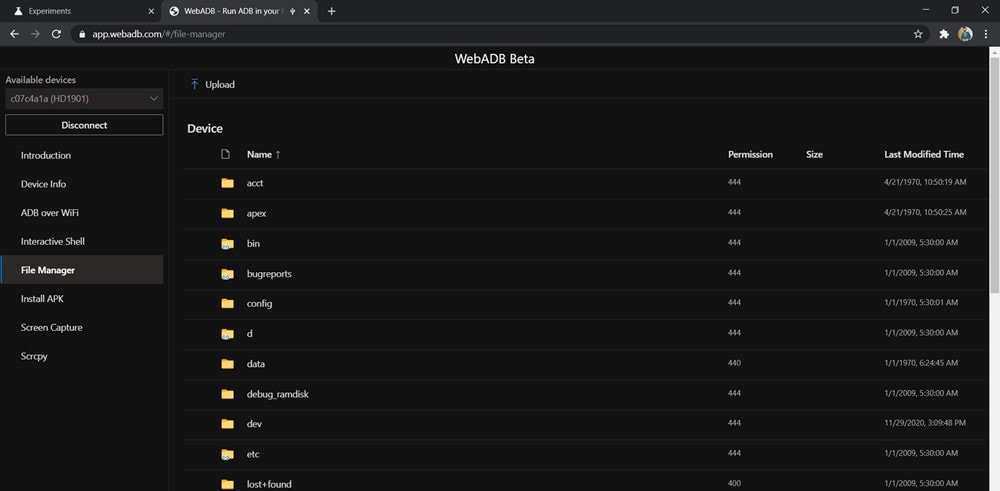
With this, we conclude the guide on how to run ADB directly from your web browser. Are you looking to give this project a try or is the traditional method sufficient enough to meet your needs? Do let us know your views in the comments section below. Rounding off, here are some iPhone Tips and Tricks, PC tips and tricks, and Android Tips and Tricks that deserve your attention as well.
Also Read
